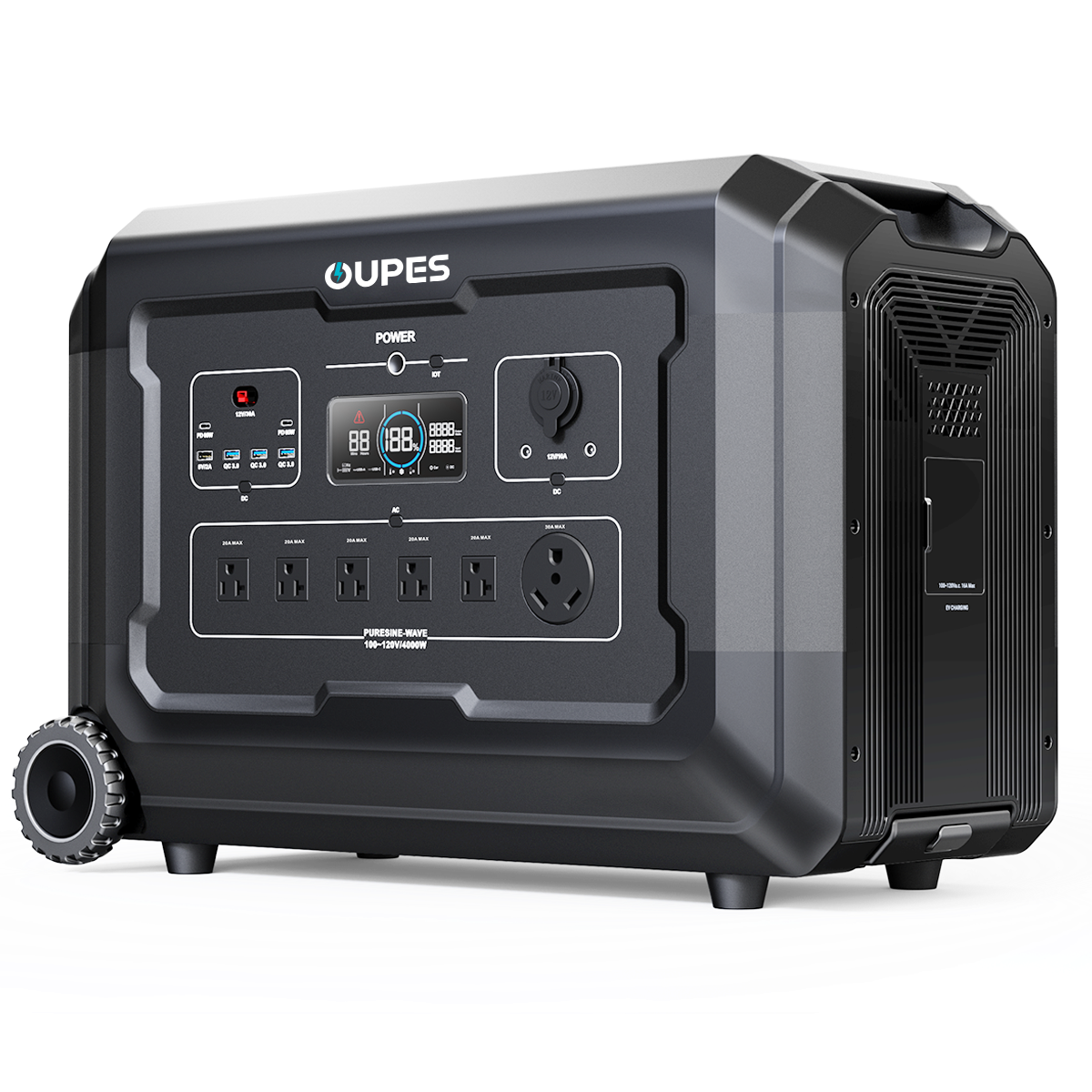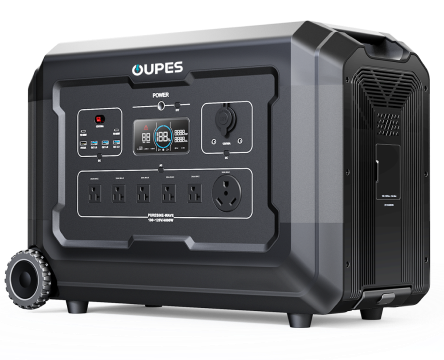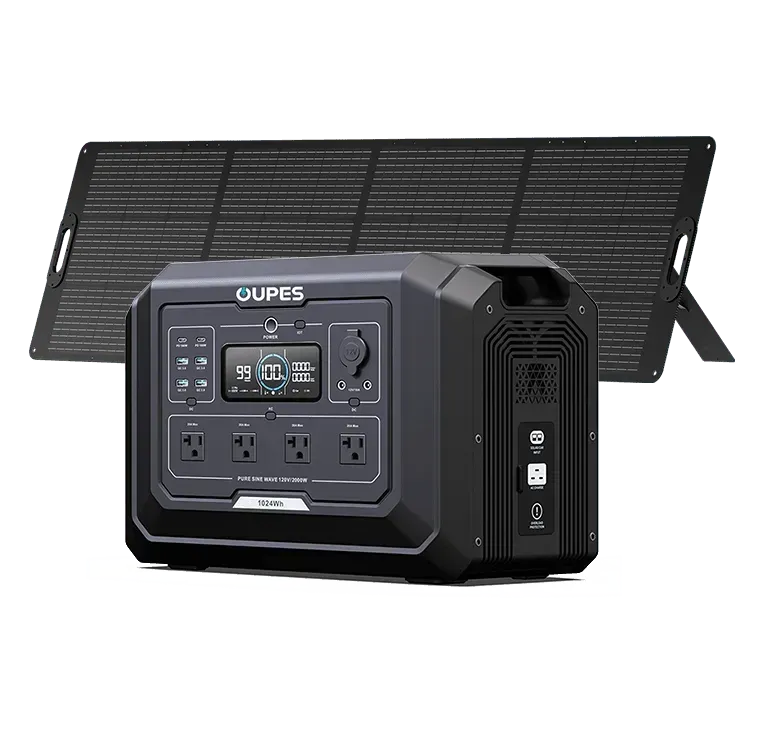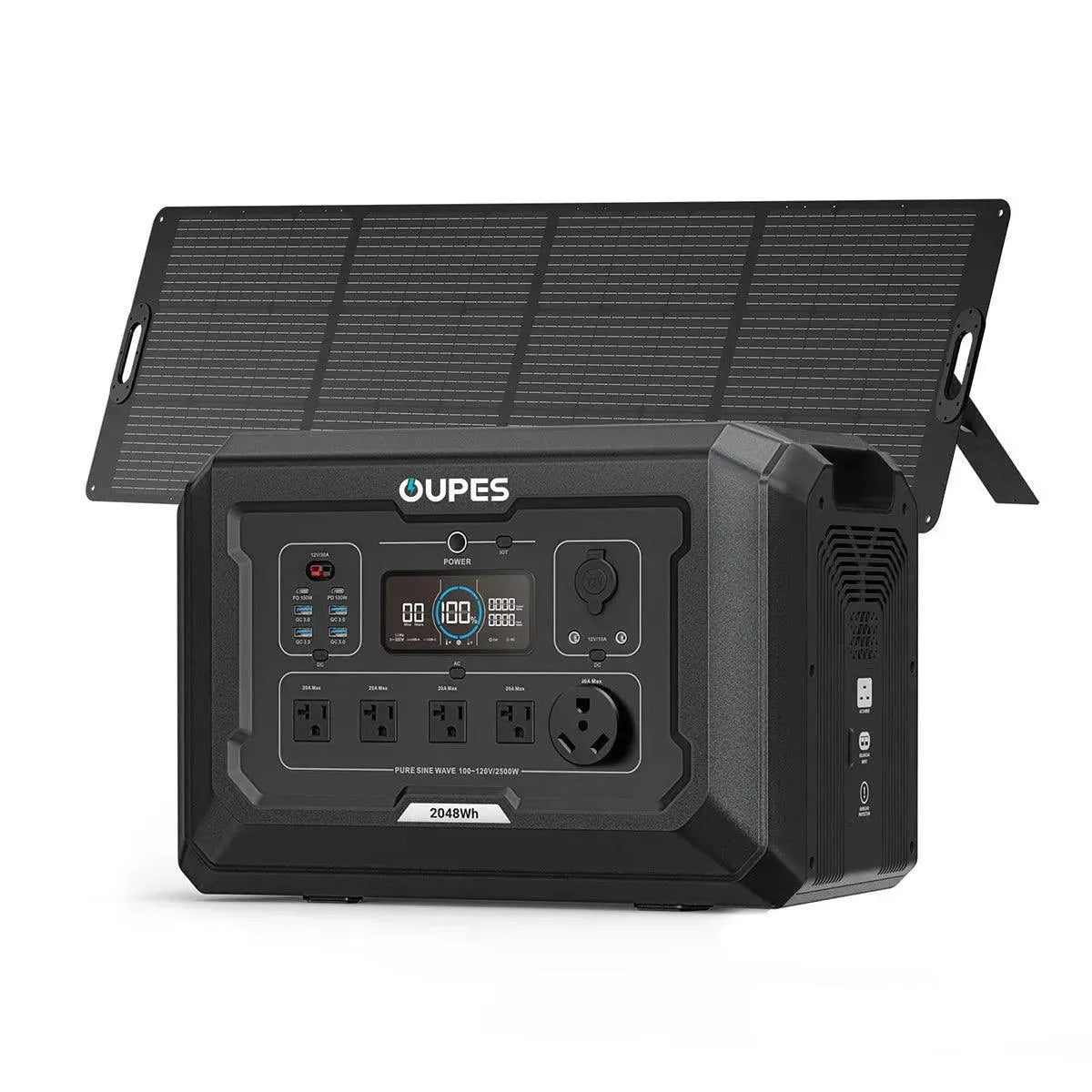
Imagine having the best of both worlds—quiet, renewable solar energy during the day and a robust generator ready to kick in at night or in cloudy conditions. This fusion of technologies offers remarkable flexibility and resilience for off-grid living, camping adventures, or home backup solutions. If you’ve ever wondered whether solar panels can power your generator or vice versa, you’re in the right place.
This article dives deep into the technical, practical, and financial landscape of hybrid solar-generator systems. You’ll learn how to wire them together, what equipment is needed, pros and cons, and real-world scenarios where such setups shine. By the end, you’ll have a solid understanding of how to combine these energy sources and which approach might fit your needs best.
Understanding the Basics: Solar Power and Generator Integration
At first glance, solar panels and generators seem worlds apart—one harnesses sunlight, the other burns fuel. But in reality, they can complement each other seamlessly when properly integrated into a unified energy system. Solar panels convert sunlight into direct current (DC) electricity, which is then routed through a charge controller and stored in batteries. A generator, on the other hand, produces alternating current (AC) power by burning gas, propane, or diesel, and often connects to the system through an inverter/charger.
To run a generator with solar panels, you first need to establish a system architecture that allows both sources to feed into a common battery bank or AC distribution panel. A hybrid inverter can manage this process automatically—prioritizing solar when available and switching to generator power when needed. In simpler setups, manual transfer switches, AC-coupling devices, or battery-based inverters coordinate the power flow.
Key components for this integration include a hybrid inverter or inverter/charger, a battery bank, charge controllers, transfer switches, and appropriate wiring and safety devices. Without the correct setup, you risk damaging equipment or creating unsafe conditions. But when done right, the system dynamically shifts between solar, batteries, and generator power to maintain steady energy output.
In essence, solar panels can’t literally power a generator, but they can charge the same battery bank that the generator functions from. The generator provides backup when solar isn’t sufficient. Understanding how these pieces fit together is crucial to designing a reliable hybrid system.
Technical Requirements for a Hybrid Solar-Generator Setup
Building a hybrid solar-generator system isn’t just a matter of plugging things together—there are technical standards that must be met. First, batteries must be appropriately sized. They must have enough capacity to absorb solar input and provide reserve power when the generator is required. If batteries are undersized, solar power may remain unused or generator may run unnecessarily.
The inverter/charger must be designed to accept multiple power inputs—solar, battery, and AC from a generator. Hybrid inverters monitor battery voltage and switch power sources automatically. Key features include built-in automatic transfer switches, charging current limits, and grid/utility settings. You’ll also need a charge controller or MPPT to optimize solar efficiency throughout the day.
Another critical requirement is proper wiring and safety equipment: circuit breakers, grounding, isolation switches, and transfer switches. This ensures that solar and generator systems don’t backfeed into each other or into the grid, which could damage components or pose a danger to utility workers.
If you plan to feed back into the grid or qualify for net-metering, the system must meet local utility interconnection standards. For off-grid setups, configuration and load prioritization settings are essential to optimize battery usage and generator start thresholds. This technical rigor ensures your hybrid system runs smoothly, safely, and efficiently.
Benefits of Using Solar Panels with a Generator
Integrating solar panels with a generator unlocks multiple benefits that neither system can achieve alone. First, solar energy provides silent, fuel-free power during the day, reducing generator runtime and fuel costs. On extended cloudy days or nighttime, the generator automatically supplements power—offering reliability and flexibility.
This hybrid approach enhances resilience during emergencies or grid failures. Solar energy can handle daily usage while the generator is always on standby in case of prolonged outages. For off-grid situations, combining both sources ensures continuous power even when resources like sunlight or fuel are limited.
Long-term savings are another advantage. With solar covering daytime consumption, the generator is used less frequently, saving money on fuel, oil, and wear. Wear and tear on the generator is minimized, extending its lifespan. Additionally, solar-generated electricity is effectively free after installation, which improves return on investment.
Finally, hybrid systems often qualify for renewable energy incentives because solar is part of the setup. Depending on your location, you might receive rebates or tax credits for solar installation while still retaining the reliability of a generator. This dual path delivers both economic and energy security advantages.
Challenges and Practical Considerations
While powerful, hybrid solar-generator systems come with challenges that shouldn’t be underestimated. Initial costs are higher because these systems require solar panels, batteries, hybrid inverters, and control hardware, which can add up quickly. Installation is more complex and may require specialized permits and professional expertise.
Another consideration is equipment compatibility—meters, breakers, and control systems must align between solar and generator setups. If components are mismatched, you risk inefficiency or failure. Battery selection is also crucial: too small, batteries won’t store enough solar power; too large, they’ll be expensive and underutilized.
Generator cycling is sometimes another issue. Frequent short runs to top off batteries can lead to maintenance issues. Hybrid system design needs to strike a balance, using generator runs only when necessary to avoid excessive stoppage or idle hours.
There are also regulatory considerations. Allowing a generator to backfeed into the grid or primary house circuits without proper transfer equipment is illegal and dangerous. Be sure your system complies with National Electrical Code (NEC) guidelines and your local utility policies.
Real-World Scenarios and System Design Examples
Let’s explore practical use cases to illustrate how a hybrid solar-generator setup works in real life. In a rural off-grid cabin, solar panels provide most of the daytime power, recharging a battery bank. At night or on low-sun days, a generator kicks in to recharge batteries above a set threshold—ensuring continuous power without wasting fuel.
During extended storms or long grey periods, the generator may take on a larger role but doesn’t need to run constantly thanks to partial solar input. For a weekend camper, a small solar array may charge a battery compact, with a portable generator as backup. This hybrid setup ensures vacation comfort and utility independence.
In home backup scenarios, solar panels paired with a generator can give households more flexibility: solar runs during the day, powering essentials and charging batteries. Generator supplies power overnight or during low-sun periods—while also reducing grid reliance and providing peace of mind.
Every scenario requires careful component sizing, prioritizing critical loads, and ensuring seamless handoff between sources. Properly executed, these hybrid systems offer clean energy benefits, reliability, and cost-effectiveness.
Conclusion
Combining solar panels with a generator creates a smart and resilient energy ecosystem. These hybrid systems offer year-round power independence, cost savings, and reduced environmental impact—while ensuring backup power when solar isn’t available. However, they demand careful system design, proper component selection, and upfront investment.
For anyone seeking reliable off-grid living, robust home backup, or flexible power for remote use, a hybrid solar-generator setup holds great appeal. By understanding how the pieces interact—from sizing batteries to wiring hybrid inverters—you’re equipped to build a system that’s both sustainable and dependable.




























